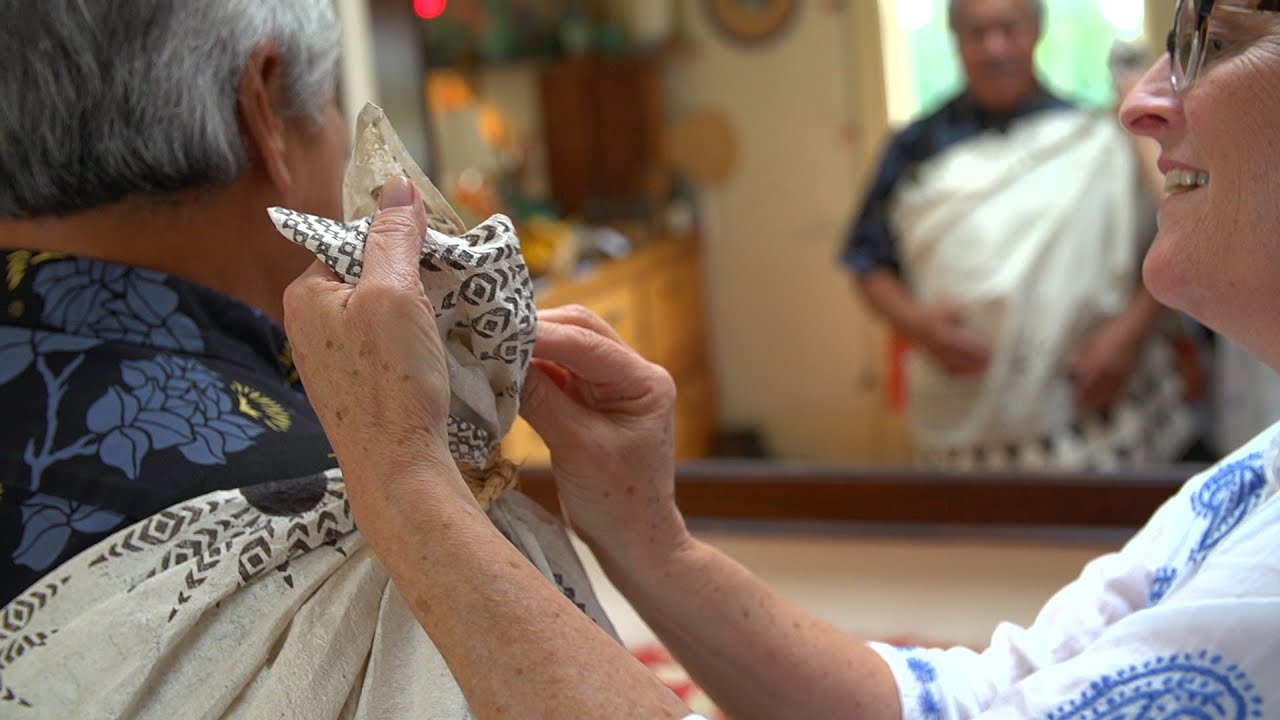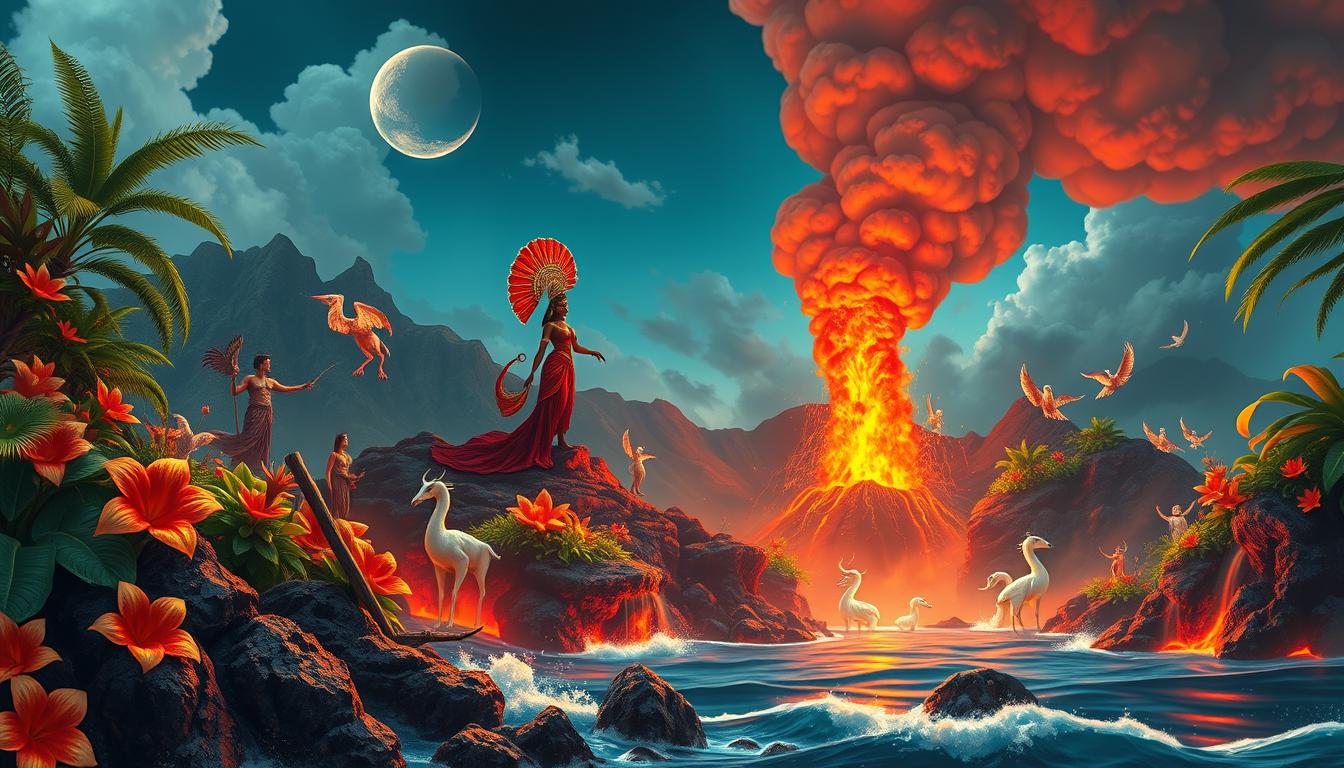Steeped in rich tradition and cultural significance, Hawaii’s Kapa cloth stands as a testament to the islands’ vibrant heritage. Also known as barkcloth, this unique fabric has been woven into the tapestry of Hawaiian life for centuries. Join us as we delve into the fascinating world of Kapa cloth, tracing its roots, understanding its creation, and appreciating its profound significance in Hawaiian culture.
At A Glance
The Deep-Rooted History of Hawaiian Kapa Cloth
Believed to have been introduced by the early Polynesian settlers over a millennium ago, Kapa cloth has been an integral part of the Hawaiian tapestry. Initially crafted from the bark of the native Wauke tree, this fabric was a versatile commodity, serving as clothing, bedding, and even a form of currency. As time progressed, the cloth became a canvas, adorned with intricate designs narrating tales, denoting status, and paying homage to ancestors.
The Artistry Behind Kapa Cloth
The creation of Kapa cloth is a testament to the meticulous craftsmanship of the Hawaiian people. The journey begins with the bark of the Wauke tree. Stripped while still green, the bark undergoes a rigorous process of pounding with wooden mallets, softening its texture and making it malleable. Subsequent soaking in water for days further softens the bark, preparing it for the next stages.
Once adequately softened, the bark is transformed into thin sheets, sun-dried, and pounded again to achieve a smooth finish. The natural dyes, derived from roots, leaves, and other plant materials, are then used to imbue the sheets with vibrant hues. The final step involves further pounding to ensure uniform thickness, after which the cloth is cut, pieced, and sewn into the desired product. Modern-day artisans continue to uphold these traditional techniques, ensuring the legacy of Kapa cloth remains alive.
More Than Just Cloth: Kapa’s Cultural Essence
Kapa cloth is more than just a fabric; it’s a narrative. Every pattern, every hue tells a story. From depicting tales of Hawaiian deities to showcasing genealogies, the designs on Kapa cloth are a visual representation of Hawaii’s rich history and traditions. It also played a pivotal role in ceremonial events, honoring ancestors, and commemorating significant milestones.
Moreover, the quality and intricacy of Kapa designs were often indicative of one’s social standing. A well-crafted Kapa cloth was a symbol of prestige and was highly prized in ancient Hawaiian society.
Today, while the significance of Kapa cloth has evolved, its essence remains unchanged. It stands as a beacon of Hawaiian heritage, a testament to the islands’ rich past, and a symbol of pride. For those keen on immersing themselves in Hawaiian culture, exploring the world of Kapa cloth offers a unique and enriching experience.

Scott Sweeney is the creator of Virtual Hawaii 360. Scott is a professional marketer and a lifelong Hawaii enthusiast. Scott splits time between Oahu and Dayton, Ohio. In addition to his marketing endevours, he is also a published Ukulele musician.





